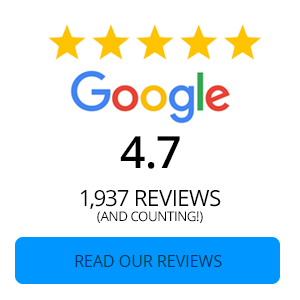Whether you're looking for something short-term or long-term, there are ways to invest your money and get a return on your investment. It's useful to know what types of investment opportunities are out there. Here are five ways to invest your excess funds.
Mutual Funds
A mutual fund is an investment strategy that is comprised of pooling money from a number of investors to invest in bonds, stocks, money markets, and other assets. The purpose of the mutual funds is to receive income or capital gains for investors. As an individual investor, you will be granted access to managed portfolios of bonds, equities, and other securities. Each shareholder equally participates in the gains or losses from the fund. When you purchase a mutual fund, you are purchasing the performance of its portfolio.
Online High-Yield Savings Accounts
With online high-yield savings accounts, you'll have the peace of mind of having a risk-free investment. The interest rates at this time are low which means that you will not earn much interest for now. Keep in mind that the online savings accounts have a risk-free return. You are guaranteed to never lose principal as long as you maintain an overall deposit that is lower than the $250,000 FDIC coverage. There is no time limit on when you can withdraw your money and most online banks will grant you six monthly withdrawals. With this option, you will not be subjected to any penalties.

Roth IRA
A Roth IRA is an individual retirement account that is funded with post-tax income. You're allowed to contribute to a Roth IRA regardless of your age as long as you have earned income. You're able to withdraw funds without being subjected to a penalty once the IRA has been open for at least five years and you can also contribute up to $5,500 per year. Once you reach the age of 50, you will be able to contribute up to $6,500 per year. As an IRA contributor, you'll gain access to other types of investment opportunities such as ETFs, bonds, and mutual funds which have higher rates of return.
Peer-to-Peer Lending
Peer-to-peer lending websites connect you as the investor with qualified potential borrowers who need a loan. This allows you to become a bank at a reduced risk. You will gain a monthly income from the borrowers from loan repayment and interest. Sites like Lending Club decide the interest rate from borrowers depending on their credit. Lending Club accepts qualified borrowers so the risk of defaulting on a loan is significantly decreased. You can start off loaning small amounts and then gradually increase the funds you are willing to lend.
401(k)
A 401(k) is a retirement and savings plan that is typically offered by places of employment. You contribute by enrolling in automatic deductions from your paycheck. Most employers match the amount of your contributions. Also, your contributions can lower your tax burden since the money is taken out of your paycheck before taxes. If you have some extra money, you can contribute more to your 401(k) plan.

